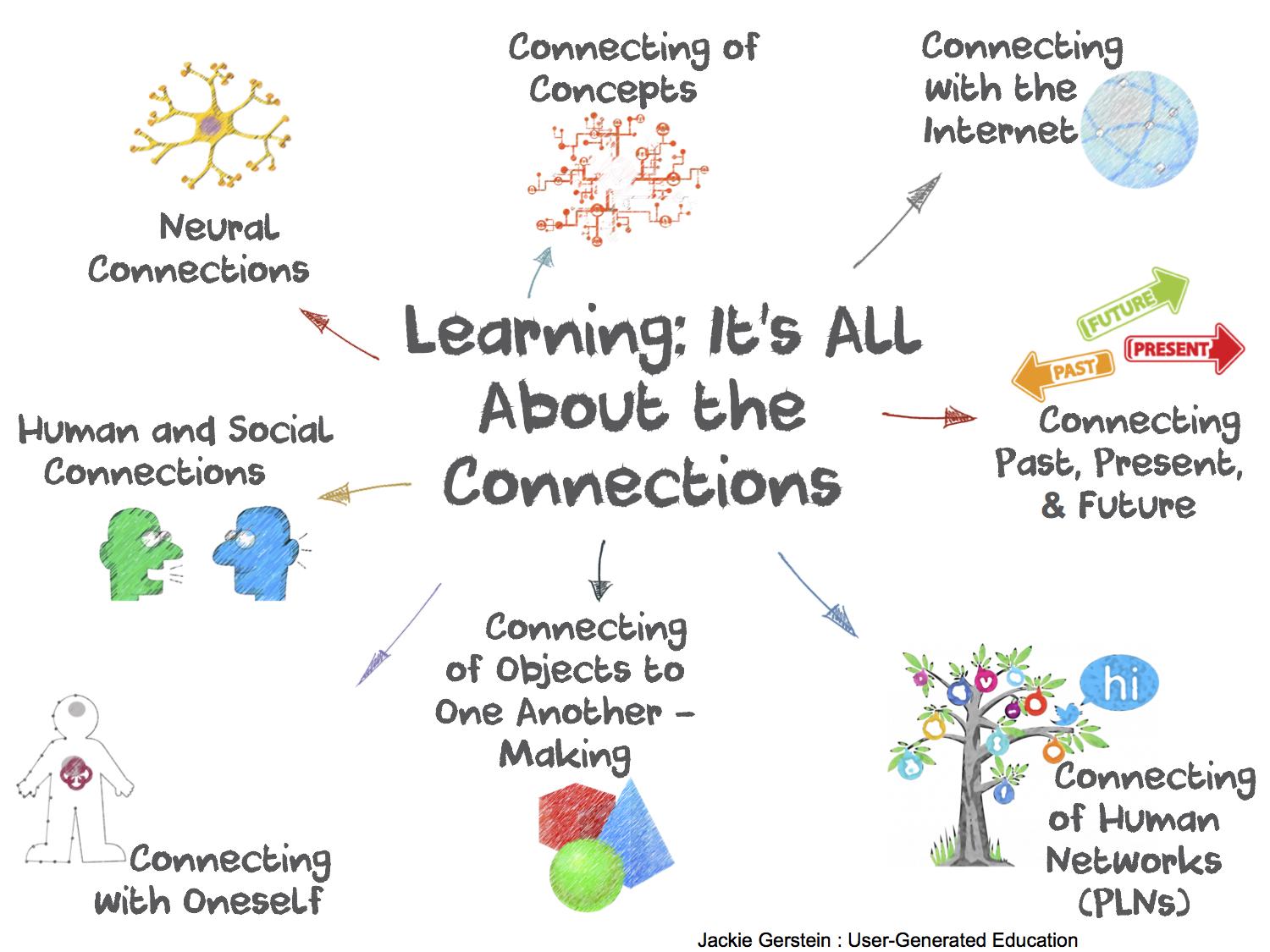Microlearning in Education: Shaping the future of Teaching and Learning
Microlearning is rapidly transforming the educational landscape, offering a modern approach to teaching and learning that suits the needs of today’s fast-moving world. Driven by advances in technology and a deeper understanding of how learners absorb and retain information, microlearning is unlocking new opportunities for educators and students alike.
What is Microlearning?
Microlearning refers to an instructional strategy that delivers bite-sized, focused learning content, typically lasting from a few seconds to 15 minutes. Unlike lengthy lectures or bulky textbooks, microlearning breaks down information into manageable segments, fostering better engagement and retention.
Microlearning modules commonly appear as:
- Short videos
- Infographics
- Quizzes and flashcards
- Interactive games
- Podcast snippets
- Mini case studies
This method fits seamlessly into the busy lives of modern learners, and is especially effective in both traditional classrooms and online education.
Why Microlearning Is transforming Education
With the rise of mobile devices and on-the-go internet access,traditional education methods are no longer always effective. Microlearning in education leverages digital technology to deliver concise learning experiences, meeting the changing needs of students and teaching professionals.
Teachers are now adopting microlearning to:
- Boost student engagement
- Facilitate just-in-time learning
- Support various learning styles
- Enhance knowledge retention and recall
- Personalize educational journeys
Key Benefits of Microlearning for Teaching and Learning
Let’s explore some of the most compelling benefits of integrating microlearning in education:
1. Enhanced Learner Engagement
Students are more likely to stay attentive during short, targeted microlearning activities than in hour-long lectures. Interactive elements such as quizzes and rapid challenges can significantly boost participation and motivation.
2. Improved Knowledge Retention
Research shows that breaking complex topics into digestible pieces improves long-term retention. Regularly spaced microlearning “bursts” help reinforce key concepts and fight the “forgetting curve.”
3. Versatility and Accessibility
Microlearning modules are mobile-amiable and easy to access anytime, anywhere.this makes it simple for learners to fit education into their daily routines, whether on the commute, at home, or between classes.
4.Support for Diverse learning Styles
Microlearning in education comes in many formats — visual, auditory, or kinesthetic — making it ideal for supporting varied learning preferences and ensuring all students can benefit.
5. Cost and Time Efficiency
Developing microlearning modules often requires less time and fewer resources than creating lengthy courses. This is a meaningful advantage for educators and institutions seeking to maximize impact with minimal investment.
Practical Tips for Implementing Microlearning in Education
looking to bring microlearning into your classroom or educational institution? Here are some practical tips to get started:
- Identify Learning Objectives: Define clear, specific goals for each microlearning module.
- Keep Content Focused: Each session should target one concept or skill.
- Choose the Right Format: Mix videos, quizzes, and infographics based on the subject and student needs.
- Use digital Tools: Leverage platforms like WordPress LMS plugins, Google Classroom, or educational apps to deliver content.
- Encourage Active Participation: Use polls, discussions, and peer assessments to maximize student involvement.
- Monitor and Assess: Implement short assessments to track progress and adapt modules as needed.
Real-World Case Studies: Microlearning in Action
Many educational institutions and organizations worldwide are already using microlearning to enhance teaching and learning. Here are a few inspiring examples:
- Language Learning apps: Platforms like Duolingo and Babbel use microlearning techniques, offering daily bite-sized lessons and gamified practice to facilitate effective language acquisition.
- Corporate Training: Companies such as Google and IBM use microlearning modules to reskill employees quickly by focusing on specific competencies, resulting in higher productivity and better retention rates.
- Public schools: Some school districts integrate microlearning through digital breakouts or virtual STEM labs, enabling students to tackle complex science and math concepts piece by piece.
Frist-Hand Experiences: Teacher and Student Perspectives
Teachers who have embraced microlearning in education report increased classroom participation and improved student outcomes.For example, Ms. Ana Rodriguez, a high school biology teacher, says:
“By breaking our syllabus into microlearning sessions — with quick videos and instant quizzes — I’ve seen students become more confident and less overwhelmed. They love the instant feedback, and test scores have risen over the past semester.”
Students often share similar sentiments, appreciating the manageable workload and the ability to revisit microlearning materials whenever they need a refresher.
Challenges and Considerations
While microlearning offers significant advantages, it is vital to consider its limitations:
- depth of Knowledge: Microlearning is best suited for foundational knowledge or quick skill acquisition; complex topics may require more in-depth exploration.
- Assessment Alignment: Ensure that microlearning activities align with broader educational assessments and standards.
- Tech Access: All students need access to digital devices and the internet for microlearning to be effective.
A blended approach, combining microlearning with traditional methods, often yields the best results.
Shaping the Future: The Ongoing Impact of Microlearning in Education
Microlearning is not just a passing trend; it represents a significant shift in the way knowledge is delivered and absorbed. As educational technology continues to evolve, we can anticipate even greater integration of microlearning into classrooms, online courses, and corporate training programs worldwide.
The impact of microlearning in education includes:
- greater learner autonomy and self-directed study
- Rapid upskilling and reskilling for today’s dynamic job market
- Improved access to education globally, especially in remote or underserved areas
- Personalized learning journeys tailored to individual strengths and gaps
Conclusion
Microlearning in education is fundamentally reshaping how teaching and learning happen. By providing short, focused, and engaging modules, educators can meet diverse learner needs, increase engagement, and improve outcomes in both traditional and digital settings. As we look to the future, integrating microlearning into broader educational strategies will play a pivotal role in empowering students and teachers, making lifelong learning accessible, effective, and enjoyable.
Are you ready to embrace the future of learning? Start exploring microlearning solutions today and transform your classroom or training program for the better!

